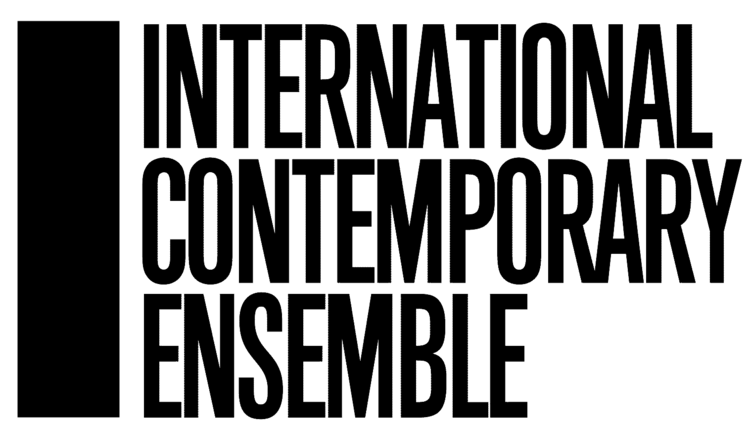by Jacob Greenberg
Conductor David Fulmer enjoys a moment during the recording of Dolce la Morte.
After several months of wrangling schedules, arranging flight tickets, and many hours of administrative tasks, eight Icicles gathered this week at Oktaven Audio in Mount Vernon, New York for two days of recording. Suzanne Farrin’s Dolce la Morte was originally workshopped in 2014 during the ICElab program, and was presented twice at the Metropolitan Museum’s Velez Blanco Patio (Spanish Courtyard). This included a December 2017 run of performances timed to coincide with the Met’s exhibition of Michelangelo’s drawings, which suited the work’s texts from the great artist’s love sonnets.
A few distinguished guest artists were involved for both days of the studio session. David Fulmer conducted the recording as he had for the performance in December, and was a flexible, innovative leader. Countertenor Eric Jurenas had taken a break from his run on Broadway for Farinelli and the King, and was brilliant throughout. And not incidentally, Suzanne generously flew in from Rome, where she’s completing a year of residency as a recipient of the distinguished Rome Prize at the American Academy. Having a composer on hand for a session can be indispensable, but not in every case! Thankfully, just as she has been through the long gestation of Dolce la Morte, Suzanne was a creative partner in the recording, willing to try new approaches and open to anyone’s feedback.
Likewise, the ICE players taking part also had grown with the piece for many years, and despite their habits playing the work, were amenable to anything that the composer, conductor, or producer suggested. I produced of these sessions, which is part of my role as Director of Recordings for ICE. It’s about the tenth session I’ve produced for ICE, not counting supervising post-production for many other recording projects.
What does a producer do? First and foremost, a producer calls out takes in the session, and makes sure that all the material gets recorded at the highest level. To do this, a producer breaks down the piece into manageable chunks that can be performed several times without sacrificing the performers’ stamina or focus. These segments are also timed to begin and end at points that can be edited untraceably. What’s tricky is that in judging how to break things up in the session, one has to simultaneously aim for the bigger picture, which is a complete, natural-sounding performance that has all the best qualities of a live run-through.
How many takes do I call out? It depends on how things are going. I can comment between takes on anything from tuning to instrumental balance, note accuracy, or the flow of the performance. But another important thing is not to sacrifice momentum of the session or of the piece. That's because the performers are thinking of the larger picture of the performance too, using their memory of how it felt when the music was happening live. Slowing things down too much makes things more artificial-sounding. And this brings up an important point: keeping things positive! Too many comments bog things down, and erode mutual trust between the control booth and the performers.
The producer also works intimately with the engineer during the sessions and in post-production. ICE’s frequent collaborator Ryan Streber, the founder and co-owner of Oktaven Audio, was fortunately available for this session. We love working at Oktaven for so many reasons. Ryan gives the performers creative control, never imposing an artistic perspective that is counter with the feeling of the project. Ryan is also a wonderful composer, and is highly experienced in all styles and periods of music, including pop and jazz, so it would be easy for him to wrest control of the proceedings—but he never does!
As I mentioned, working by Suzanne’s side in the booth was extremely easy, and never felt anything less than creative. Suzanne made last-minute changes to the score as the players mentioned some concerns. She always voiced her priorities to me in each section of the piece, making the process very natural; I always knew how much time to spend on each section, and when to get “surgical,” as audio editors say. The pace of each recording session is always different, and one senses when the performers start to get comfortable, and feel that they can try things out that they haven’t done before, really being in the moment. Singers, especially, tend to get concerned about their stamina, but Eric Jurenas was extremely patient and began to flower when we really got a good pace going in the session. As things rolled on, I became ever more confident that this would be a great disc.
The CD will be out in October, and is available for pre-order if you come to ICE’s winter holiday party on February 27!

